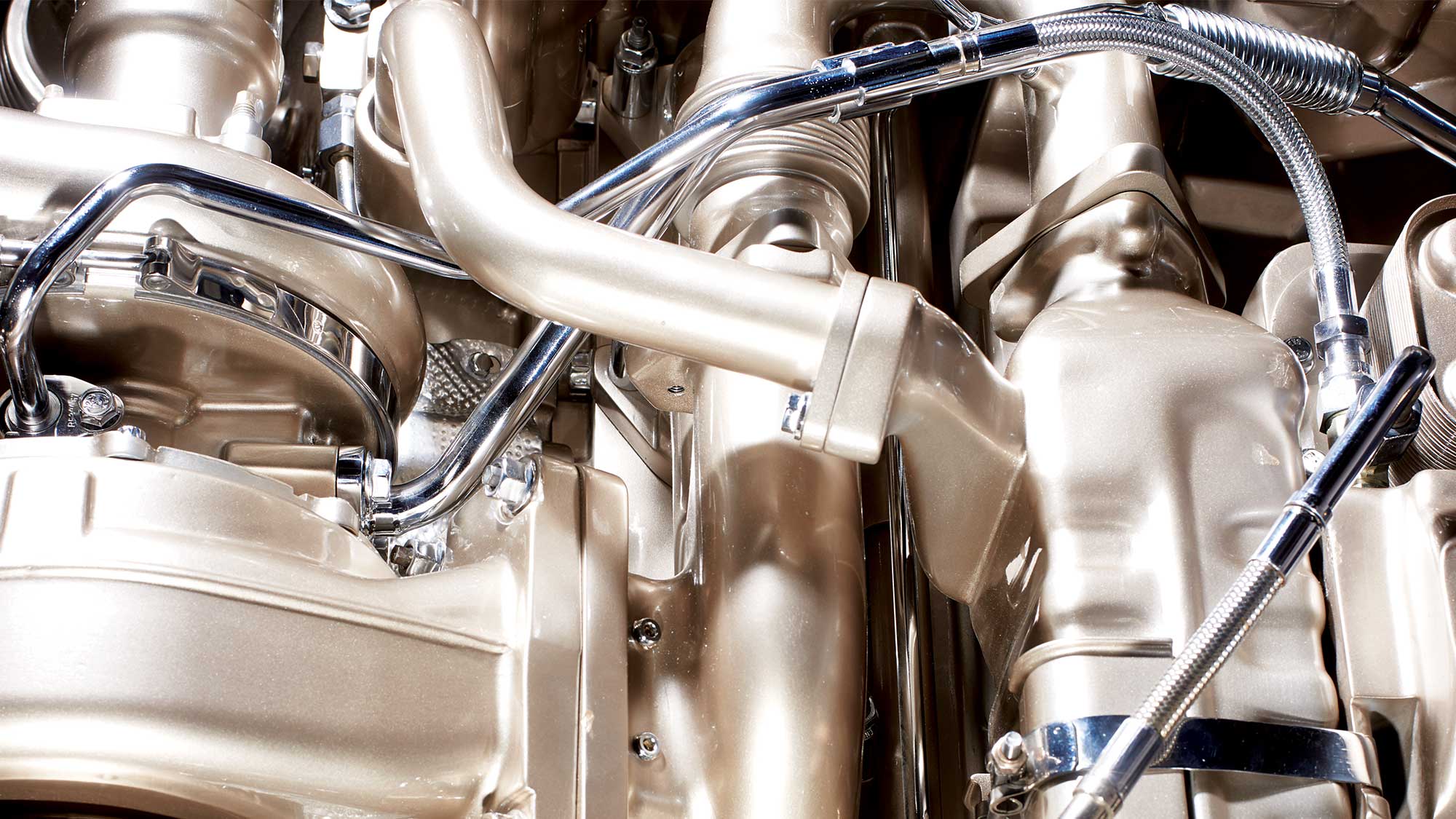For more than 187 years, Deere & Company has simplified farmwork. From the advent of the first self-scouring plow, in 1837, to the launch of its first fully self-driving tractor, in 2022, the company has built advanced industrial technology. The See & Spray is an excellent contemporary example. The automated weed killer features a self-propelled, 120-foot carbon-fiber boom lined with 36 cameras capable of scanning 2,100 square feet per second. Powered by 10 onboard vision-processing units handling almost four gigabytes of data per second, the system uses AI and deep learning to distinguish crops from weeds. Once a weed is identified, a command is sent to spray and kill it. The machine moves through a field at 12 miles per hour without stopping. Manual labor would be more expensive, more time-consuming, and less reliable than the See & Spray. By fusing computer hardware and software with industrial machinery, it has helped farmers decrease their use of herbicide by more than two-thirds and exponentially increase productivity.

